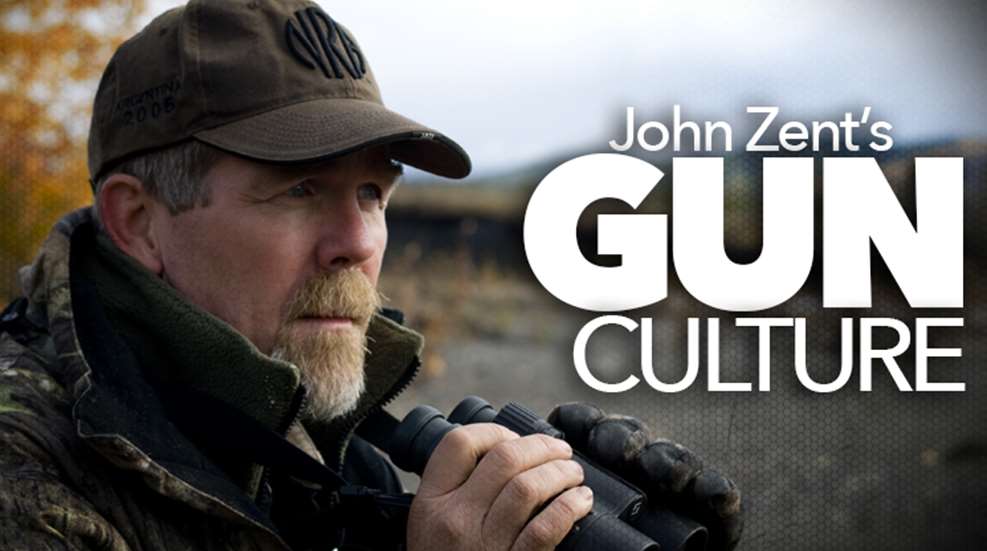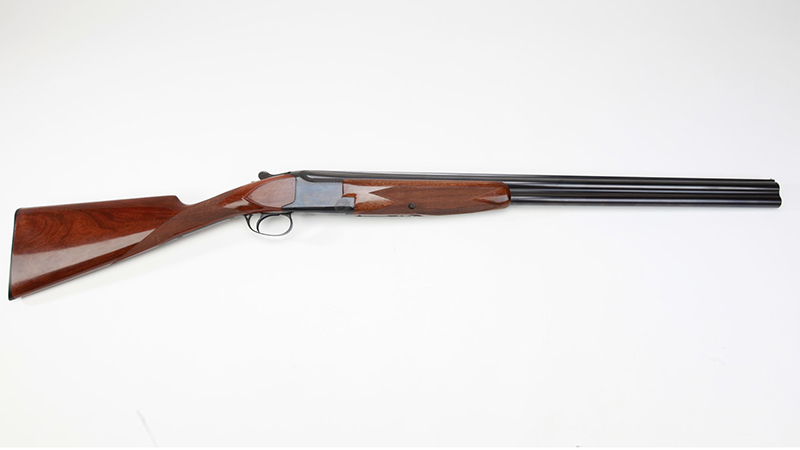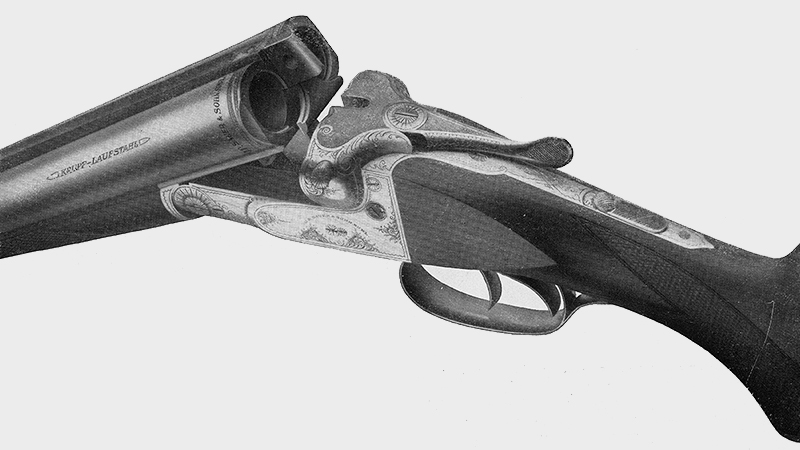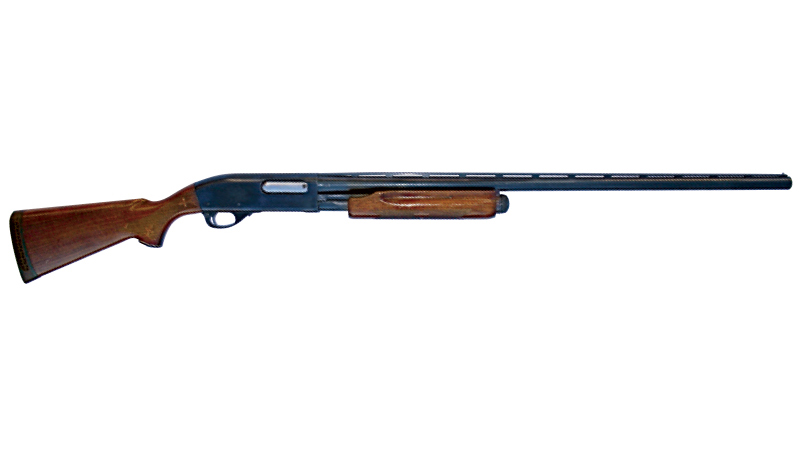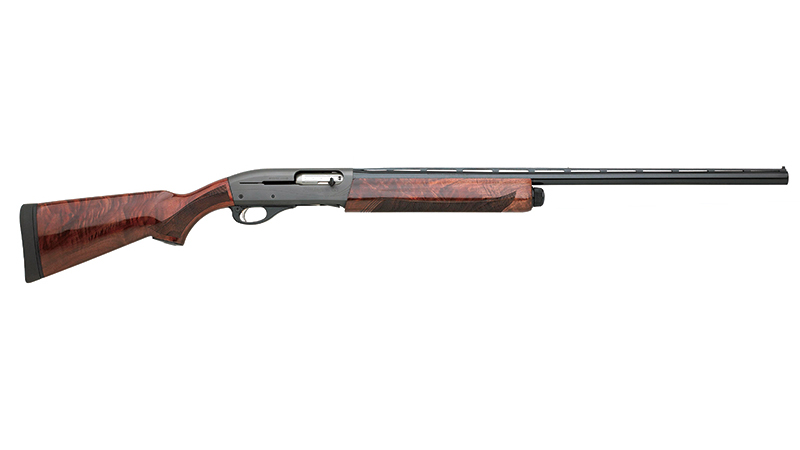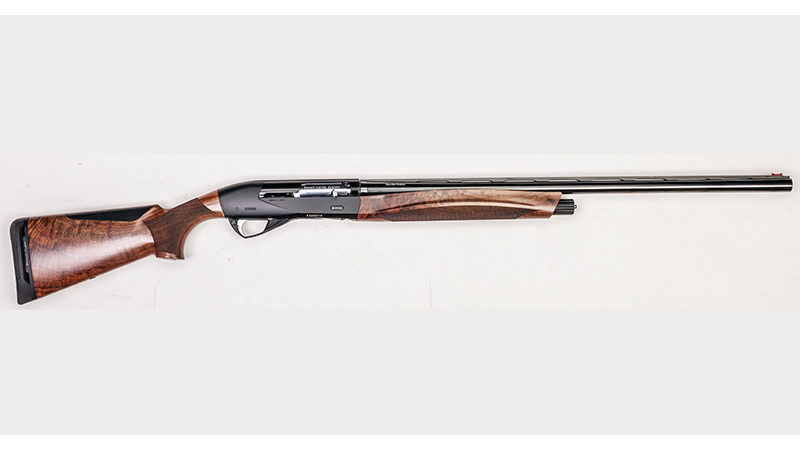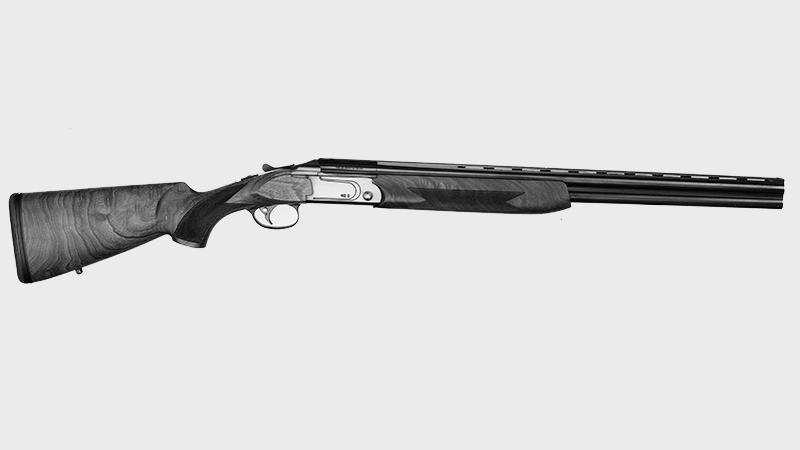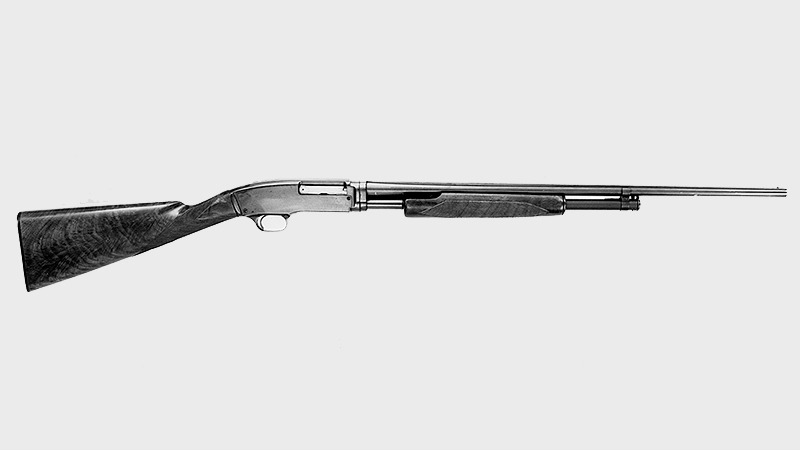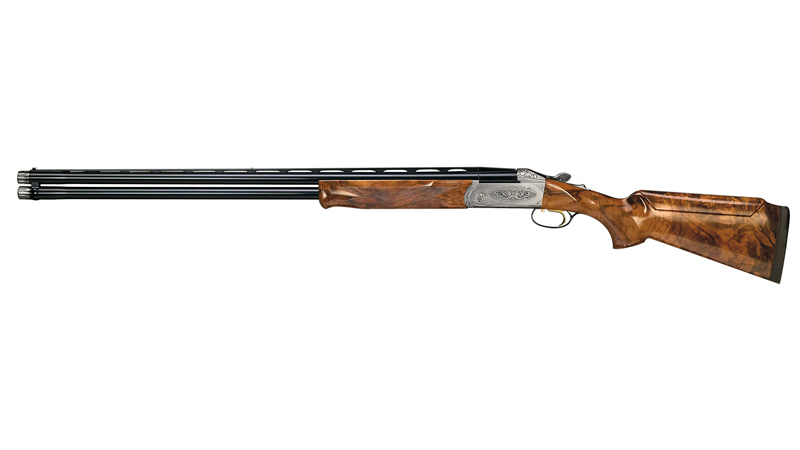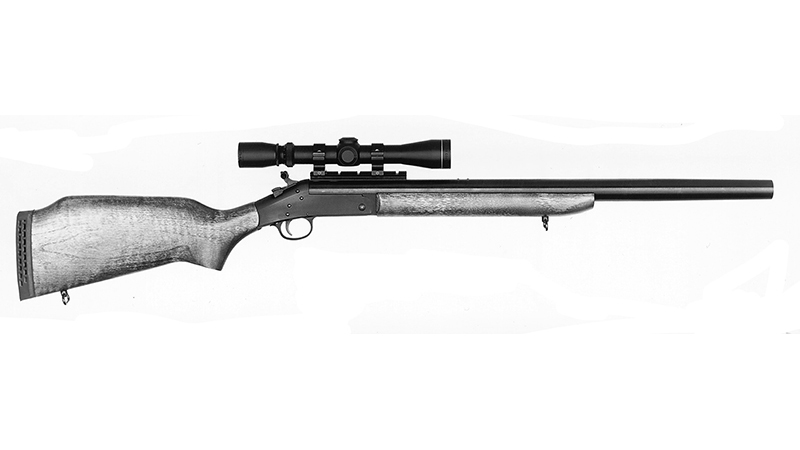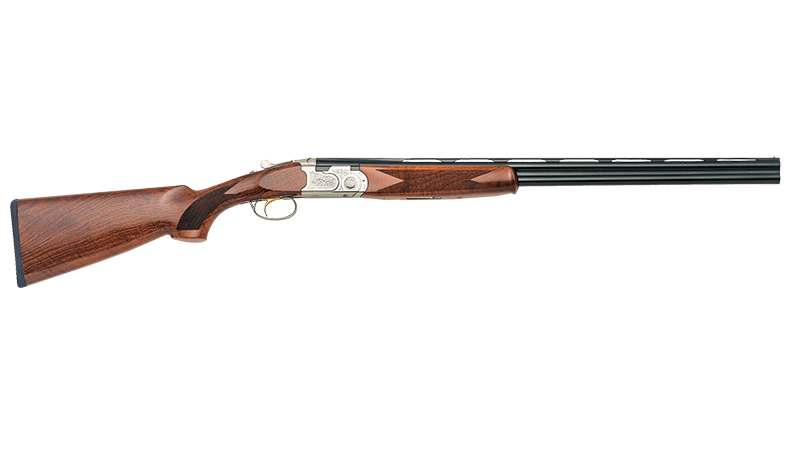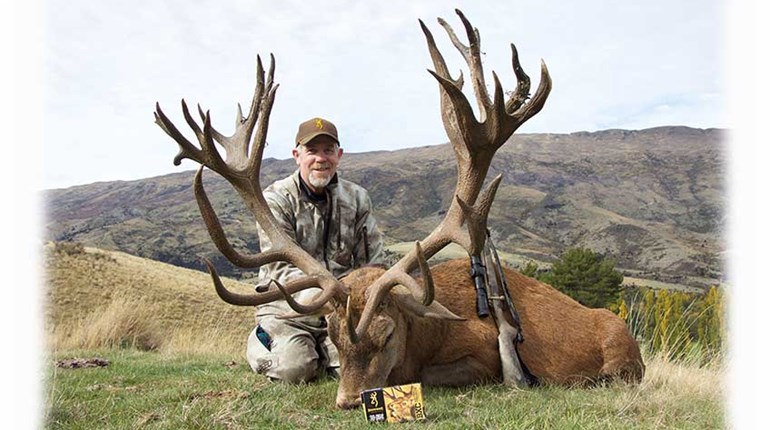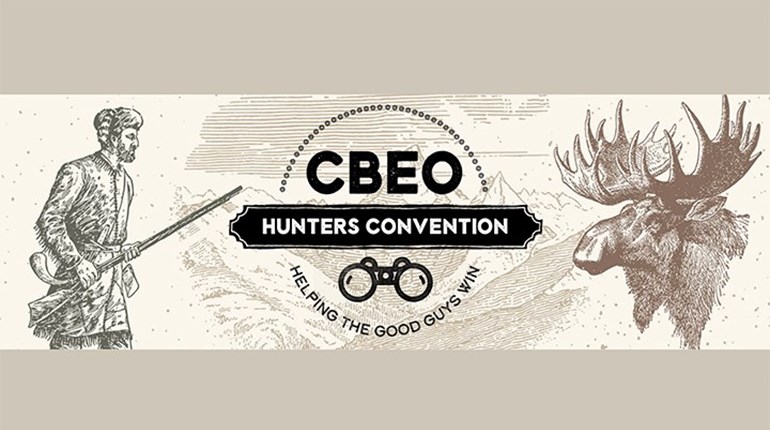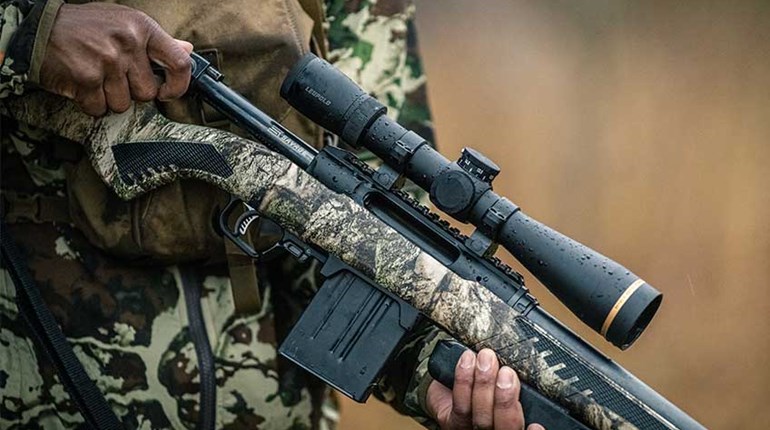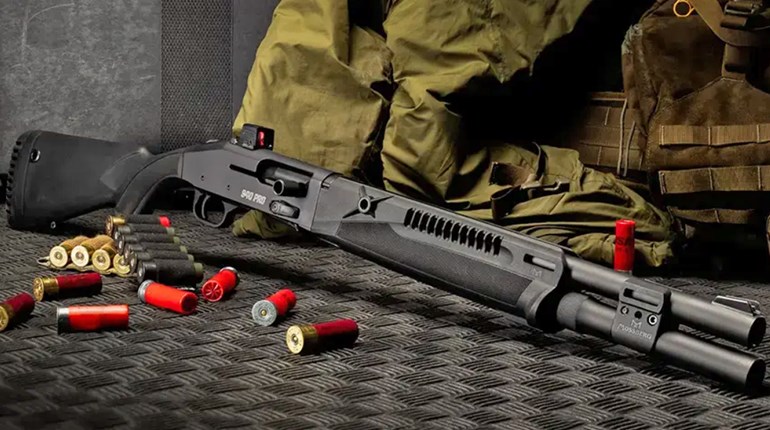If this was a “10 Best” list, my Valmet 412 wouldn’t deserve a slot. But since it’s an even more subjective “Top 10,” I can’t leave it out. The Finnish-made over/under is sturdy and mechanically sound, but stands too tall in the breech and lacks the handling grace of top-rank stackbarrels. For me, though, it was the right gun at the right time at the right price. With its short barrels and skeet/skeet chokes, mine was seemingly intended for American skeet, but I’ve found it suited even better to quail, grouse and woodcock shooting, and surprisingly fit for wading upland creeks in search of flushing wood ducks. The 412s are also transformers of a sort, as the barrel sets easily swap in and out, so that your smoothbore can become a rifle/shotgun combo gun, or even that European oddity, an over/under double rifle.
